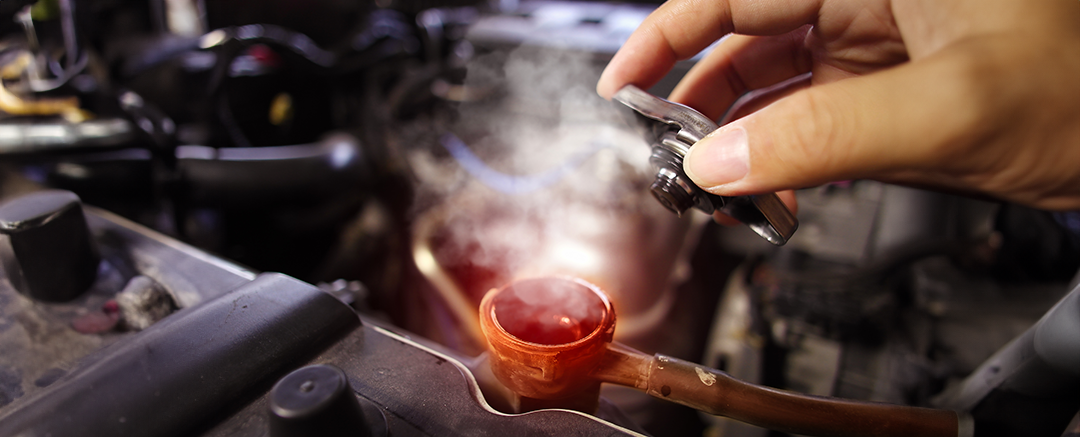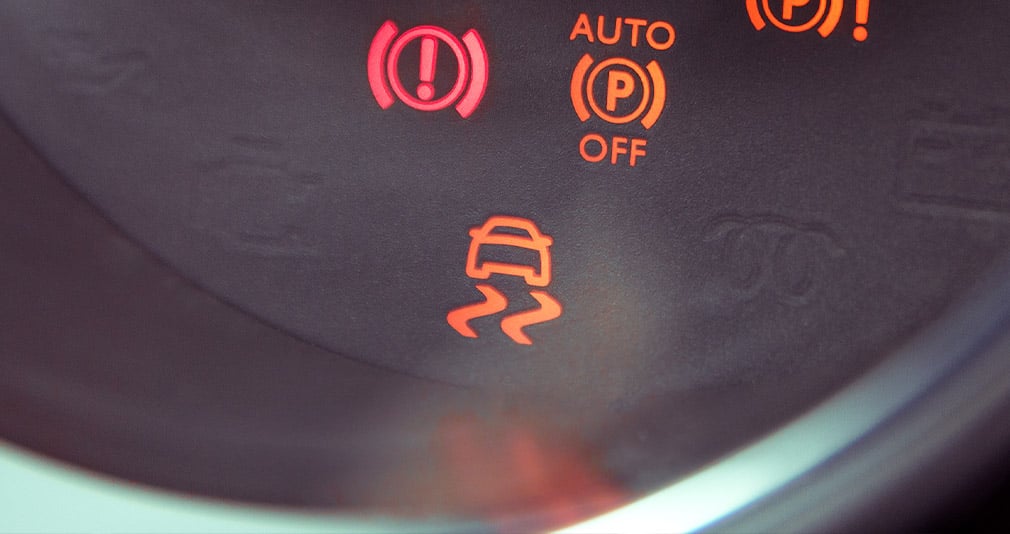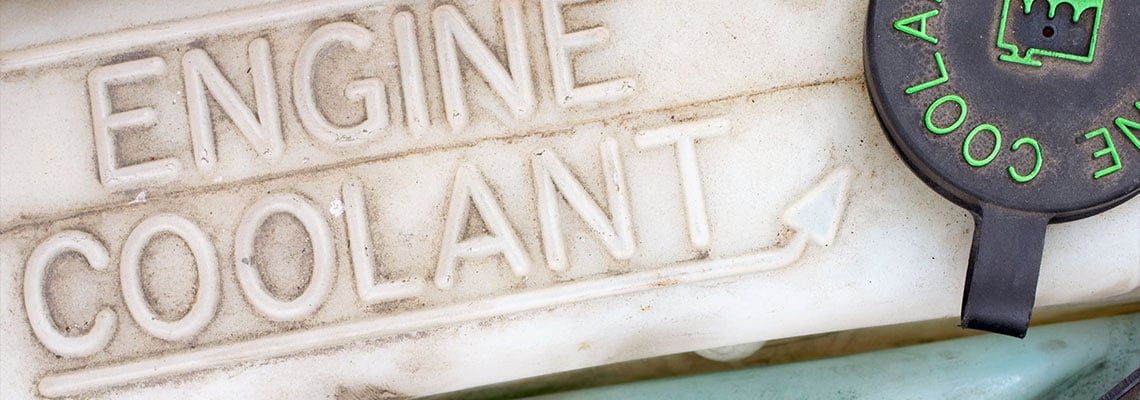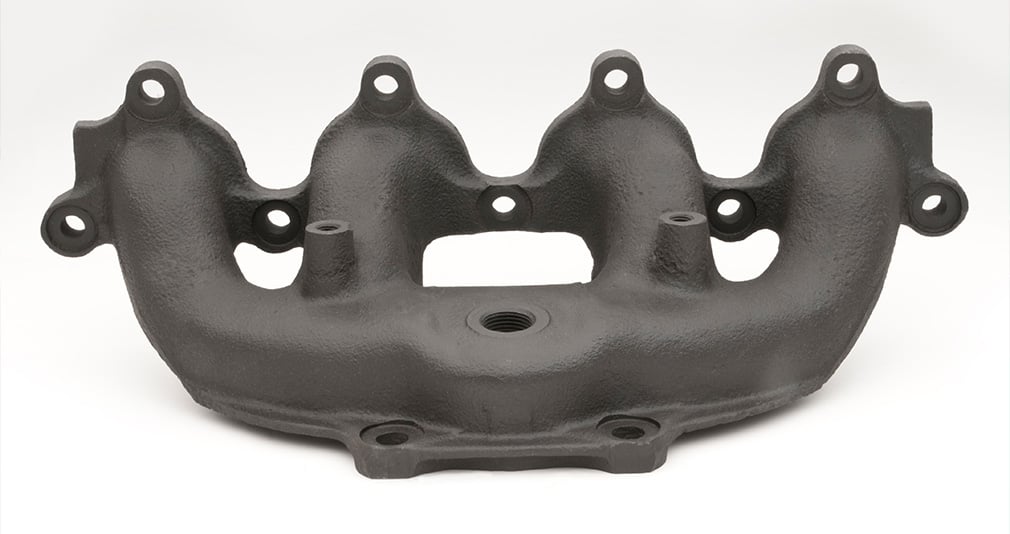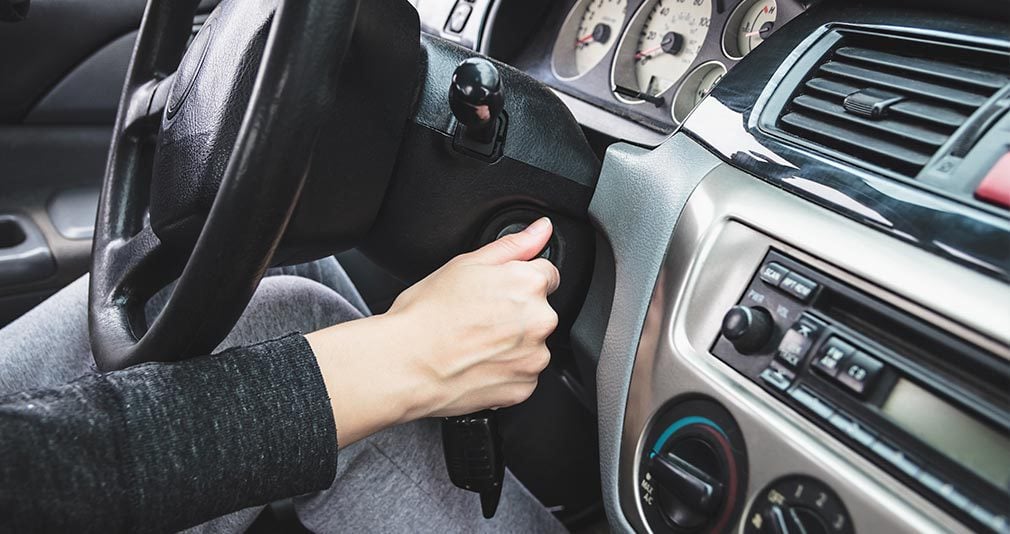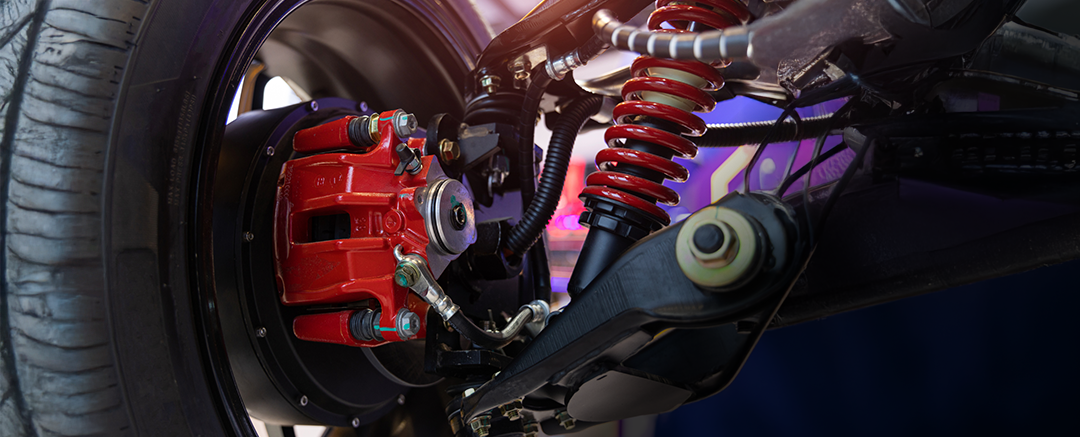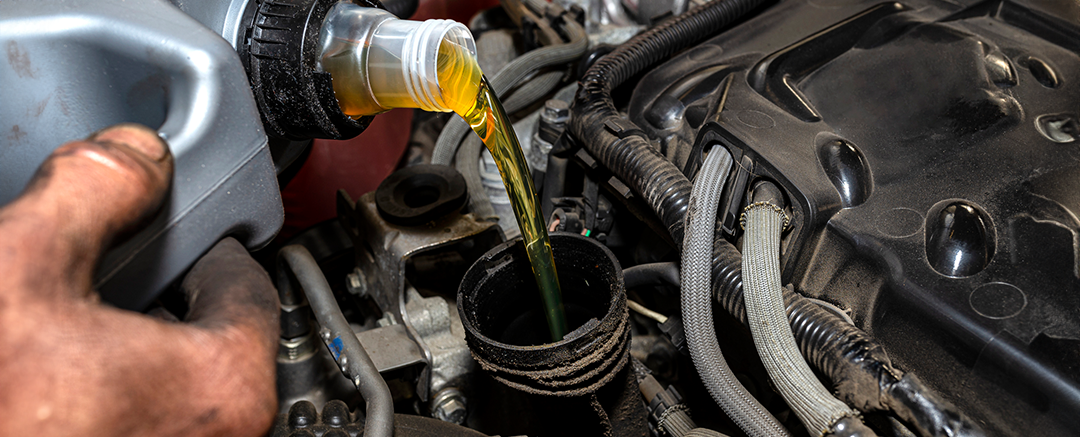Most of us never think about exactly what happens under the hood when we start up our cars. If we could look inside our engine, we’d see a super hot combustion sequence, all maintained by physics and intricate pieces of machinery. The heat of these micro explosions would easily do damage to the engine, if not kept in check by the cooling system.
At the heart of the cooling system is one simple piece of machinery — the water pump. Read this blog post to get answers to some common questions about the water pump, like:
- What is a water pump?
- What are signs your water pump needs replacing?
- How much does it cost to replace a water pump?
What Is a Water Pump?
Contrary to its name, the water pump doesn’t just pump water. It actually pumps a mixture of roughly 50% coolant and 50% water. The water pump is responsible for pushing coolant from the coolant system to the radiator and back again.
On its way back to the radiator, it passes through the engine. The heat it picks up in the engine is transferred to the air at the radiator. It’s connected to the engine by a belt and driven by a crankshaft pulley or sprocket. Since water pumps are sealed, the whole system has to be replaced when any part of it goes out.
There are four main types of automotive water pumps:
- Mechanical. These pumps are driven by V-belts, timing belts or the engine. The coolant releases absorbed heat to the ambient air through the radiator.
- Electric. Electric water pumps are great at reducing emissions since cooling happens independently of a motor’s number of revolutions. This means less power is needed, which means lower fuel consumption.
- Hybrid. As automotive technology continues to advance, hybrid water pumps have emerged as a blend of the best of both worlds, offering the combination of an electric motor that assists the mechanical drive when needed. This provides the driver with reliable performance under various driving conditions.
- Auxiliary. Usually found in luxury vehicles with more complex heating and cooling systems, these auxiliary pumps ensure consistent comfort and performance.
5 Signs Your Water Pump Needs Replacing
There are things you can do to ensure the smooth operation of this integral part of your engine. Luckily, the cooling system usually exhibits tell-tale symptoms of failure long before it does catastrophic damage to the engine, so paying attention to these five signs will help you avoid a costly repair or engine rebuild.
1. Leaking coolant. If your vehicle is leaking coolant, it could be a sign of a few different problems, but paying attention to the location of the leak will give a clue as to what the problem is. If the leak is towards the front and middle of the engine, this indicates a problem with the water pump.
A minor leak will often not even reach the ground because the engine's temperature dries the coolant on the metal surfaces. It will be a whitish color, tinged with the color of your coolant. A major leak will drip to the ground, indicating that the problem is serious. It could be the gaskets or seals, but either way, they need to be replaced quickly.
2. Overheating. A failing water pump cannot circulate the necessary air and coolant to the engine, so the engine will start to overheat. If you notice the temperature gauge spike, a warning light appears on your dashboard, or smoke starts pouring from your engine, pull over immediately and turn off your car until it cools down. Continuing to drive with an overheated engine will cause much more costly damage.
3. Corroded or damaged water pump. If you pop the hood and notice buildup, rust or tiny holes on the pump's exterior, it’s definitely time to replace it. Mineral buildup, dirty or incompatible coolant, and age can all contribute to a water pump that needs replacing.
4. Whining or squealing noises. It seems that many of a vehicle’s problems make themselves known with an unpleasant sound — and a failing water pump is no exception. A whining noise indicates that the pulley that spins the shaft of an impeller inside the pump is damaged or a belt isn’t tight enough. This is usually caused by rust on the pulley, so most of the time, this is an issue with older cars.
A squealing noise is one of the early signs of a failing water pump, and in the beginning, it can come and go. A squealing noise coming from the front of the engine will most likely be the serpentine belt slipping along the pulley, which is caused by a worn shaft bearing.
5. Low coolant levels. A good habit for any car owner is regularly checking oil and coolant levels. If you find yourself constantly topping off your coolant levels, this could indicate a leak. Take note of how often you have to refill coolant and take your car to a trusted mechanic right away if it’s becoming frequent.
How to Maintain Your Water Pump
The water pump has five main functions:
- Circulation. The water pump circulates coolant through the engine, radiator, and heater core.
- Temperature regulation. The circulating action helps maintain an optimal temperature range for engine operation.
- Lubrication. Some pumps also lubricate the shaft and bearings to achieve smooth operation.
- Sealing. To prevent coolant leaks, some water pumps also have a mechanical seal.
- Timing. Some engines use the water pump to drive the timing chain or belt.
The most important thing you can do to keep everything operating smoothly is to have it taken in for regular inspections by a mechanic. It is generally recommended to have your water pump replaced or, at the least, inspected every 60,000 miles. Some things your mechanic will look for include:
- Cooling system component integrity that includes hoses, belts, the radiator and the water pump
- Radiator cap pressure to ensure that expected pressures are being maintained
- A thermostat inspection to ensure correct temperature maintenance
- A pressure or dye test to check for leaks
- A cooling fan check
How Much Does it Cost to Replace the Water Pump?
Replacing the water pump is a job best left to the professionals, as its location can require intricately removing and reattaching the system of hoses that connects it to the engine. This generally can cost anywhere from $400 to $1,000, depending on the cost of the parts, the make and model of your car, and the location of the water pump.
Regular preventive maintenance visits to a qualified technician can catch a failing pump before it becomes a major issue. If you suspect your pump is on the way out, make an appointment at your nearest Rainbow Muffler and Brake location today.

